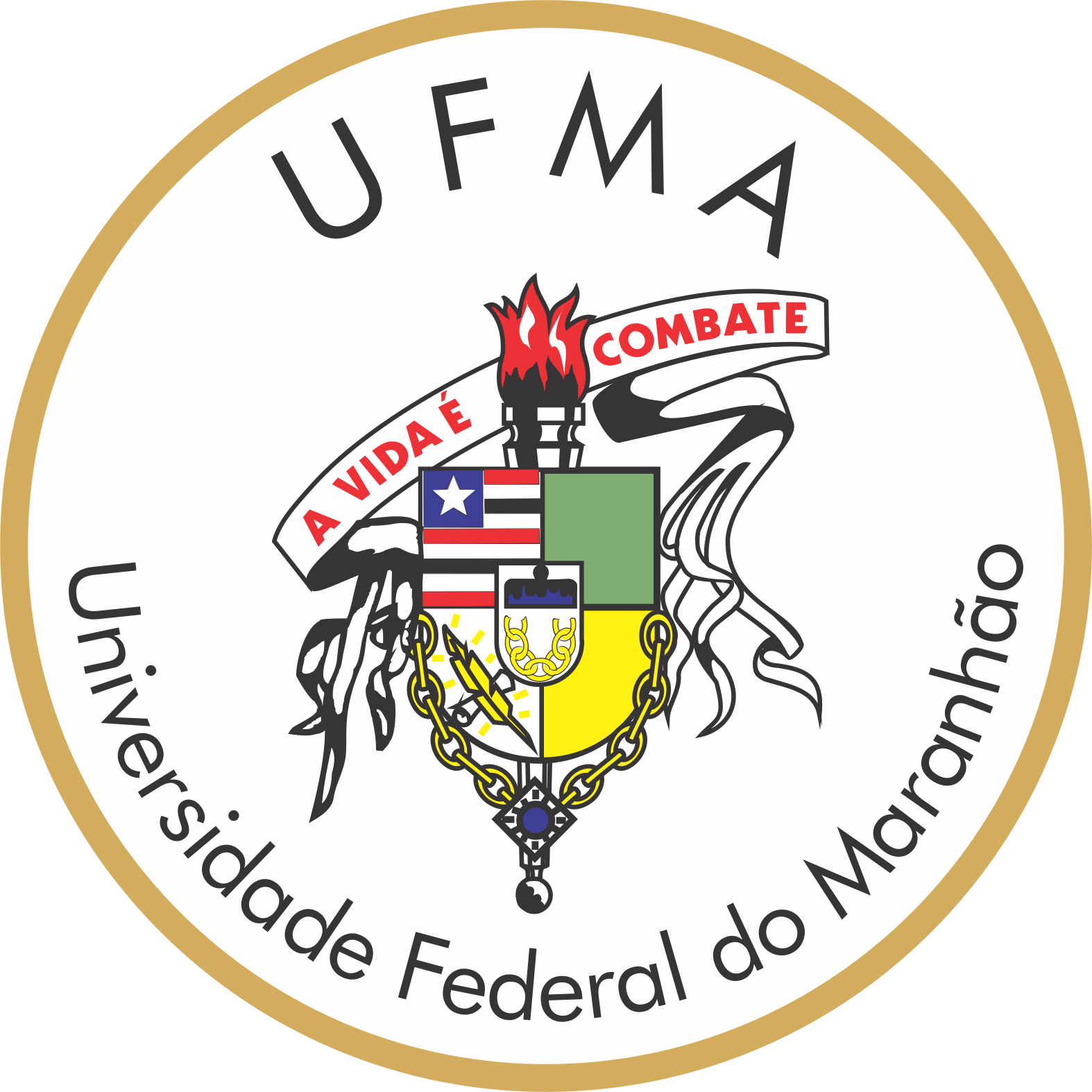Banca de QUALIFICAÇÃO: GOPAL NIRAULA
2021-12-10 14:42:26.874
Uma banca de QUALIFICAÇÃO de DOUTORADO foi cadastrada pelo programa.
DISCENTE: GOPAL NIRAULA
DATA: 13/12/2021
HORA: 10:00
LOCAL: Google Meet
TÍTULO: Architecture Engineering of Iron Oxide-Based Vortex Nanoparticles for Thermal Therapeutic Applications
PALAVRAS-CHAVES: Magnetic Nanorings/Nanodisks/Nanotubes/Nanorods, Magnetic Vortex Nanoparticles, Anisotropy, Stoichiometry, Switching Fields, Magnetic Fluid Hyperthermia, Cytotoxicity
PÁGINAS: 162
GRANDE ÁREA: Ciências Exatas e da Terra
ÁREA: Física
SUBÁREA: Física da Matéria Condensada
ESPECIALIDADE: Materiais Magnéticos e Propriedades Magnéticas
RESUMO: This thesis is divided into two main parts: (i) control synthesis and characterization of iron oxide magnetic vortex nanoparticles and (b) their utilization in magnetic hyperthermia and mechanotransduction for cancer cell destruction, under biologically safe condition using experimental, theoretically and micromagnetic simulations. The interest on the magnetic vortex nanoparticles over simple single-domain in biological application is due to negligible dipole-dipole interactions and thus low/zero magnetic remanence, allowing the magnetic nanosystems to remain well dispersed in colloidal formulations in the absence of an external magnetic field. The spin structures produced in nanomaterials due to confinement of spins imposed by geometrical restrictions; thus it is challenging to control the geometry of nanoparticles to preserve the vortex configuration. In the first part, I have successfully synthesized magnetic vortex nanorings, nanodiscs, nanorods and nanotubes via chemical routes and characterize these nanosystems thoroughly by XRD, FTIR, FESEM, TEM including Lorentz microscopy (LTEM) and electron holography (EH), Mossbauer spectroscopy, XPS, and magnetometry (SQUID). In the second part, I have performed the magnetic fluid hyperthermia experiment to evaluate the heating efficiency and in vitro experiment in different cell lines: (i) 4T1 cells (murine mammary adenocarcinoma cell line), (ii) CT26 (murine colorectal carcinoma cell line), and (iii) J774A.1 (a murine monocyte/macrophage). These vortex nanosystems were found biocompatible, chemically stable, expressed the promising magnetic responses.
The key findings on the nanodiscs is that the heating efficiency is better for stoichiometry magnetite (Fe3O4) nanodiscs as compared with the nonstoichiometric owing to charge ordering between Fe2+ and Fe3+, which is further tuned by controlling the switching fieldmediated shape, size, and orientation of nanodiscs in the direction of applied field in a controlled way revealing that the existence of magnetic vortex configuration is not only a factor to enhance heating capability but switching field mediated by shape, size, and orientation are also key factors to be considered. The observed specific absorption rate (SAR) and intrinsic loss power (ILP) in nanorings and nanotubes at maximum clinical field 450 Oe and under frequency of 107 kHz, and are the highest values among those reported so far in the hollow iron-oxide family accounting the importance of magnetic shape anisotropy. Further, we moved towards the magneto-mechanical approach for therapeutic application and recently we propose the magnetic nanorings for the first time as a mechanotransducer providing theoretical/simulated evidences on the magnetic stability of the curling ground states in NRs and opens the possibility of applying these systems to magneto-mechanical actuation on single cells for therapeutics in biomedicine, such as cancer cell destruction by low-frequency torque transduction.
MEMBROS DA BANCA:
Presidente - 1925296 - ALAN SILVA DE MENEZES
Externo à Instituição - DIEGO MURACA - UNICAMP
Externo à Instituição - GERARDO F. GOYA - UZ
Externo à Instituição - GIORGIO ZOPPELLARO - PUO
Interno - 232.890.088-78 - SURENDER KUMAR SHARMA - NENHUMA
